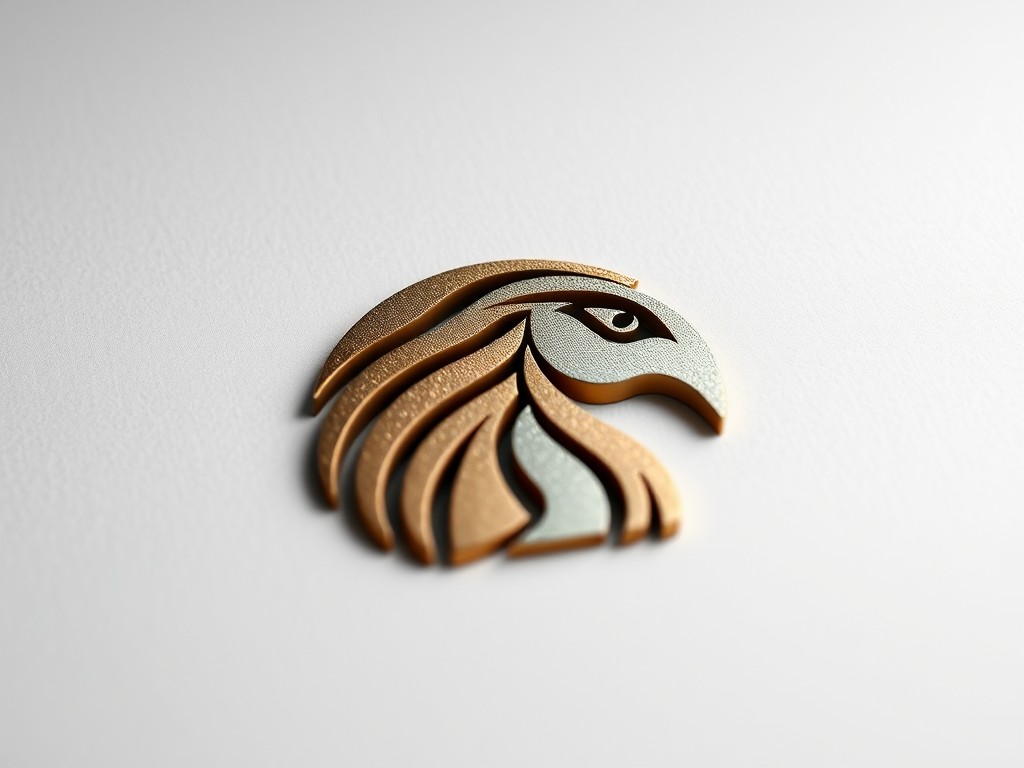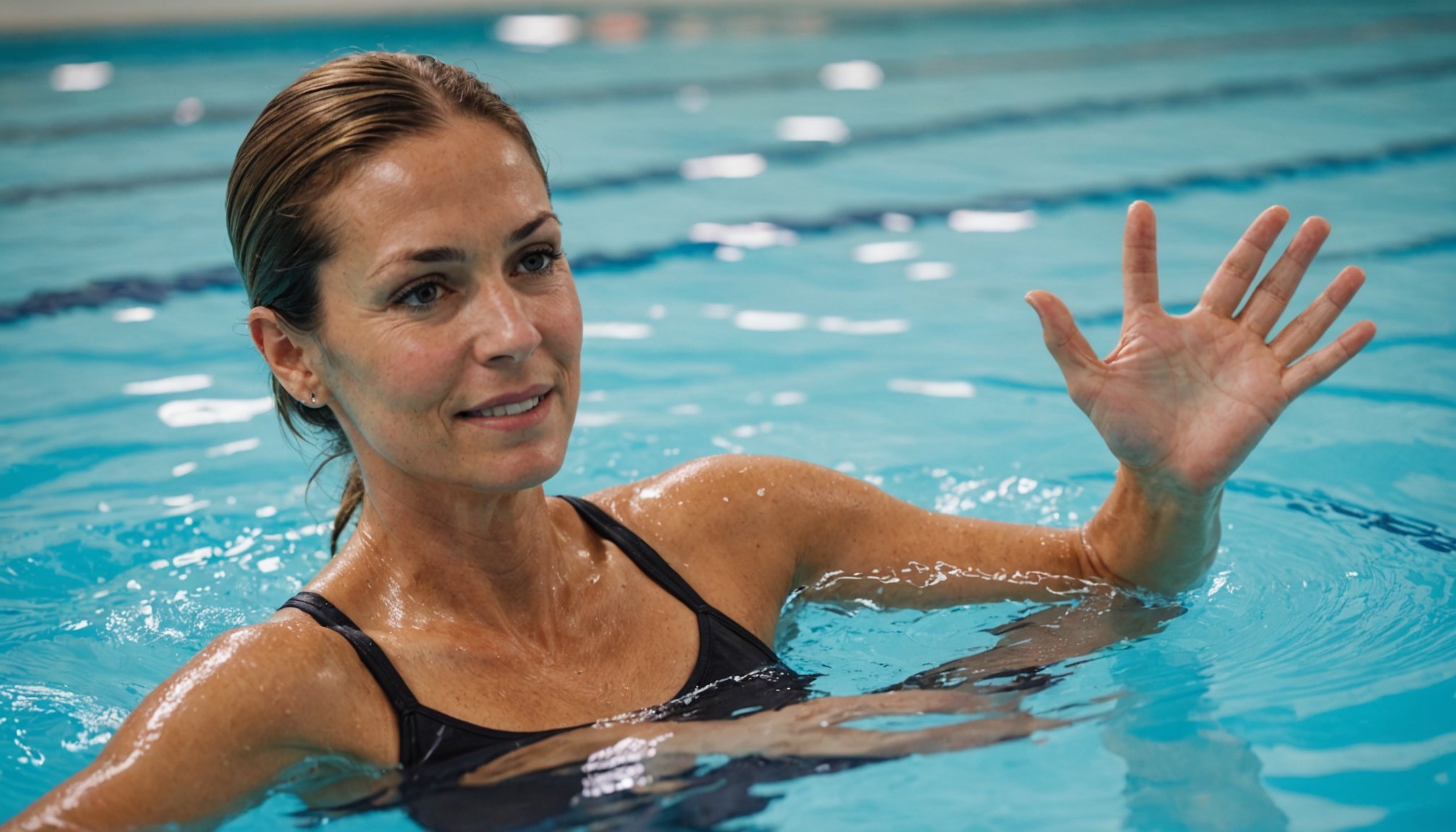Unlocking Relief: The Advantages of Customized Aquatic Therapy for Chronic Back Pain Sufferers
Chronic back pain is a debilitating condition that affects millions of people worldwide, impacting their daily lives and overall well-being. While various treatments are available, one of the most effective and gentle approaches is aquatic therapy. In this article, we will delve into the benefits, mechanisms, and practical applications of customized aquatic therapy for those suffering from chronic back pain.
What is Aquatic Therapy?
Aquatic therapy, also known as hydrotherapy or water therapy, is a specialized form of physical therapy that utilizes the properties of water to aid in rehabilitation and pain relief. This therapeutic approach is particularly beneficial for individuals with chronic back pain, as it offers a low-impact environment that minimizes stress on the body while promoting healing and mobility.
Properties of Water
Water has several unique properties that make it an ideal medium for therapy:
- Buoyancy: Reduces the weight-bearing stress on joints, allowing for pain-free movement and exercise.
- Hydrostatic Pressure: Provides uniform pressure around the body, which can help reduce swelling and improve circulation.
- Viscosity: Offers resistance that can be adjusted based on the intensity of exercises, helping to strengthen muscles without excessive strain.
- Warmth: Warm water can relax muscles, reduce muscle spasms, and increase blood flow to the affected areas.
Benefits of Aquatic Therapy for Chronic Back Pain
Aquatic therapy is highly beneficial for individuals suffering from chronic back pain due to several key advantages.
Reduced Joint Stress
One of the primary benefits of aquatic therapy is its ability to reduce joint stress. Water’s buoyancy allows patients to perform exercises that would be too painful or difficult on land. For example, walking or jogging in the water can be done without the full weight-bearing impact, making it an excellent option for those with lower back pain or joint injuries.
Improved Mobility and Range of Motion
Aquatic therapy helps improve mobility and range of motion by allowing patients to move freely in the water. This is particularly useful for individuals with chronic back pain who may find it challenging to move on land due to pain or stiffness.
- Enhances flexibility and range of motion
- Improves balance and coordination
- Strengthens muscles without excessive strain
- Reduces pain and discomfort during exercise
Enhanced Pain Relief
The warm water and hydrostatic pressure in aquatic therapy can provide significant pain relief. Here’s what some experts have to say:
“Aquatics allows weight-bearing, walking and strengthening exercises sooner than on land, therefore speeding up the whole rehab process. It is safe for patients who don’t know how to swim or are afraid of the water,” says Clint Hudson, PT, DPT, SCS, with Hattiesburg Clinic Physical Rehabilitation – Tatum Park.
Improved Muscle Strength
Aquatic therapy is not just about reducing pain; it also helps in strengthening muscles. The resistance provided by the water can be adjusted to suit the patient’s needs, making it an effective way to build muscle strength without the risk of further injury.
- Strengthens core and back muscles
- Improves overall muscle strength and endurance
- Enhances stability and balance
How Aquatic Therapy Works
Aquatic therapy involves a variety of exercises and techniques tailored to the individual’s specific needs.
Exercises in the Water
Exercises in aquatic therapy can include walking, jogging, swimming, and various strengthening exercises. Here are some examples:
- Walking and Jogging: These exercises help improve cardiovascular health and strengthen muscles without the high-impact stress of land-based activities.
- Swimming: Swimming strokes can be modified to focus on specific muscle groups, providing a full-body workout.
- Resistance Exercises: Using water resistance, patients can perform exercises like leg lifts, arm circles, and shoulder presses.
Use of Hot Tubs and Pools
Both hot tubs and pools can be used for aquatic therapy, each offering unique benefits.
| Feature | Hot Tubs | Pools |
|---|---|---|
| Temperature | Warm to hot water | Can be warm or cool |
| Buoyancy | High buoyancy due to jets and bubbles | Moderate buoyancy |
| Exercises | Ideal for relaxation and heat therapy | Suitable for a wide range of exercises and activities |
| Pain Relief | Excellent for muscle relaxation and pain relief | Provides comprehensive pain relief and mobility improvement |
Practical Insights and Actionable Advice
If you are considering aquatic therapy for chronic back pain, here are some practical insights and actionable advice:
Finding the Right Facility
Look for facilities that offer specialized aquatic therapy programs. These programs should be led by certified physical therapists who can tailor the therapy to your specific needs.
Starting Your Journey
- Initial Assessment: Begin with a thorough assessment by a physical therapist to determine the best course of treatment.
- Customized Plan: Ensure that your therapy plan is customized to address your specific pain and mobility issues.
- Consistency: Regular sessions are crucial for seeing consistent improvement.
Combining with Other Therapies
Aquatic therapy can be combined with other forms of physical therapy for enhanced benefits.
- Manual Therapy: Hands-on techniques like joint mobilization and soft tissue mobilization can complement aquatic therapy.
- Dry Needling: This technique can be used in conjunction with aquatic therapy to enhance muscle strength and recovery.
- Balance Therapy: Incorporating balance exercises can improve overall mobility and reduce the risk of falls.
Real-Life Examples and Anecdotes
Many individuals have found significant relief from chronic back pain through aquatic therapy. Here’s an example:
“A patient who had been suffering from chronic lower back pain for years found immense relief through our aquatic therapy program. After just a few sessions, she was able to walk without pain and even started swimming again, something she thought she’d never be able to do,” shares Lisa Gray from Ez Rehab Solutions.
Aquatic therapy is a powerful tool in the management of chronic back pain. Its unique properties, such as buoyancy and hydrostatic pressure, make it an ideal environment for healing and rehabilitation. By understanding the benefits, mechanisms, and practical applications of aquatic therapy, individuals can unlock significant relief from chronic back pain and improve their overall quality of life.
In the words of Nathan Reynolds, PT, DPT, “The benefits of aquatic therapy are undeniable. It offers a safe, effective, and gentle approach to pain management and rehabilitation, making it an invaluable option for those suffering from chronic back pain”.
Whether you’re seeking to alleviate chronic pain, improve mobility, or enhance your overall health, aquatic therapy is definitely worth considering. So, dive into the healing waters and discover the relief that awaits you.











